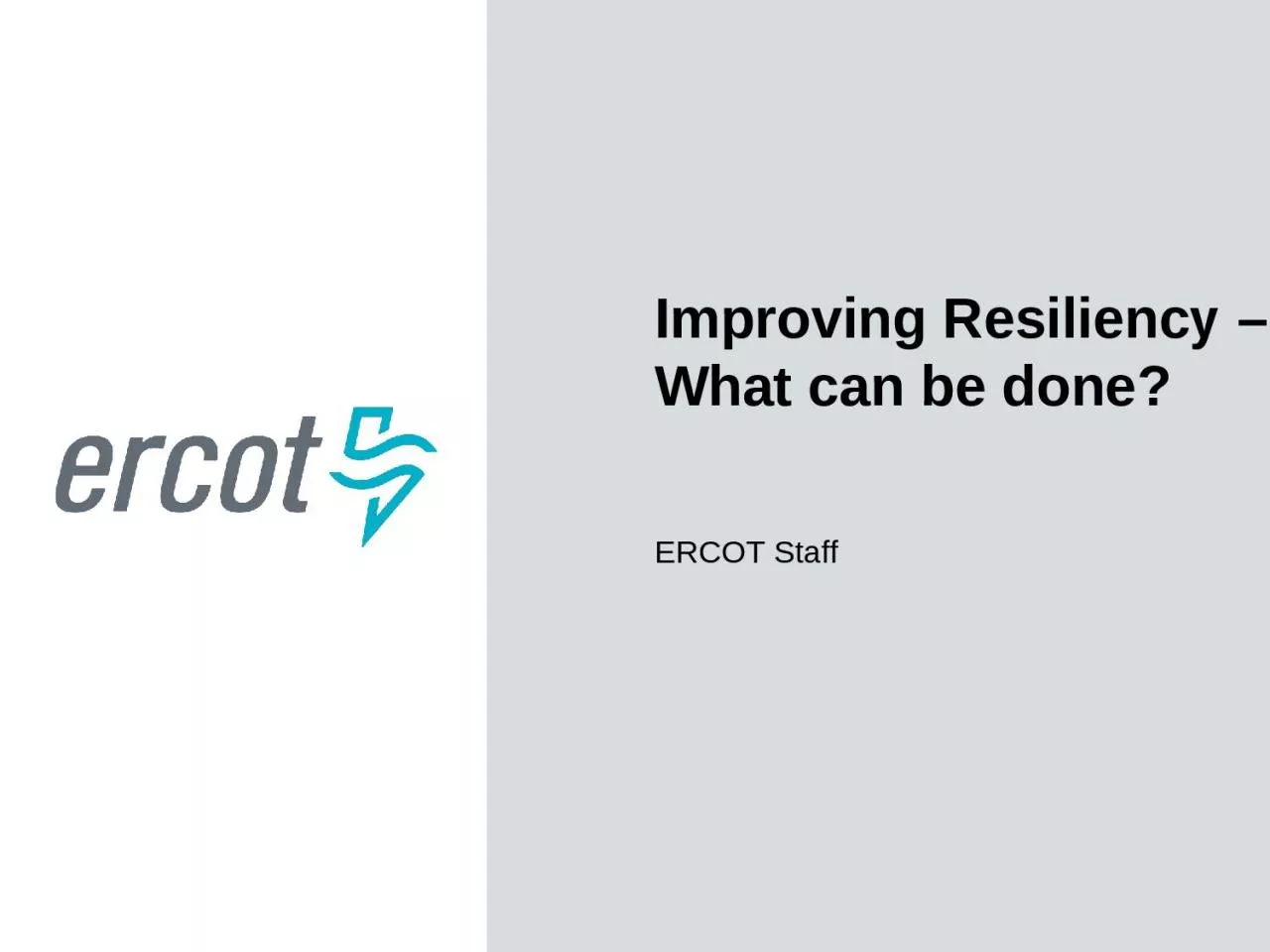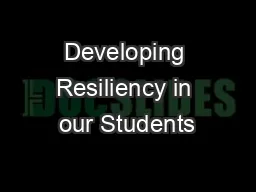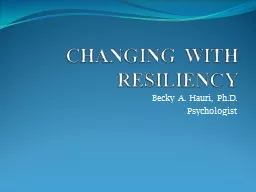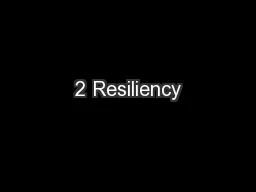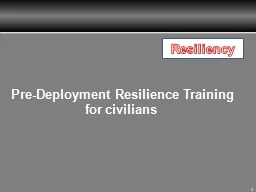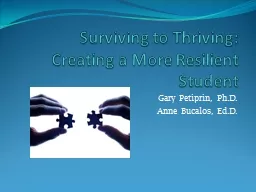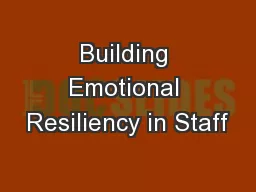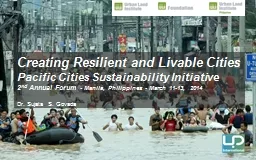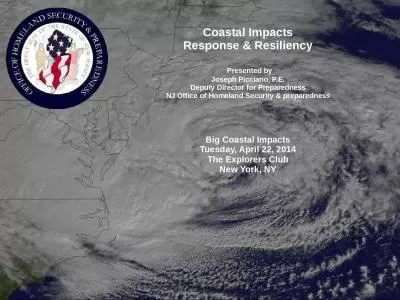PPT-Improving Resiliency – What can be done?
Author : bethany | Published Date : 2024-01-29
ERCOT Staff Objectives Identify types of events and lessons learned from the following events Hurricanes Tornados High Winds Freezing Conditions Wildfires Physical
Presentation Embed Code
Download Presentation
Download Presentation The PPT/PDF document "Improving Resiliency – What can be d..." is the property of its rightful owner. Permission is granted to download and print the materials on this website for personal, non-commercial use only, and to display it on your personal computer provided you do not modify the materials and that you retain all copyright notices contained in the materials. By downloading content from our website, you accept the terms of this agreement.
Improving Resiliency – What can be done?: Transcript
Download Rules Of Document
"Improving Resiliency – What can be done?"The content belongs to its owner. You may download and print it for personal use, without modification, and keep all copyright notices. By downloading, you agree to these terms.
Related Documents

